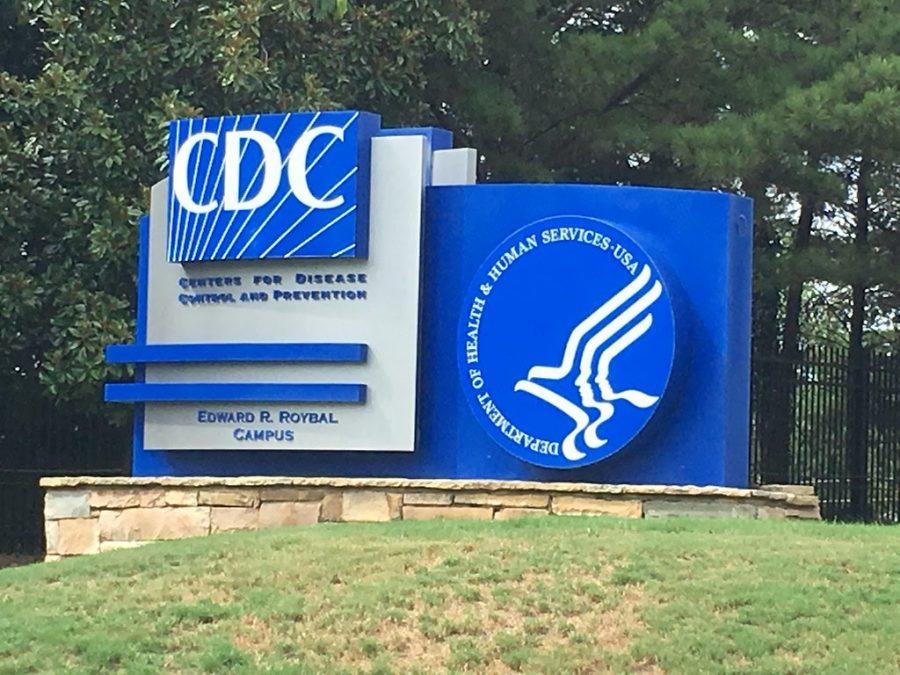The Centers for Disease Control and Prevention (CDC) has recently updated its guidelines three weeks into the college semester. The CDC has been a well-known symbol of direction for Americans navigating how to reopen the country safely.
Before the return of thousands of college students on campuses across the nation, universities carefully formed their continuation plans for approval from the state. These continuation plans were created based on CDC guidelines.
Regarding testing, the guidelines said previously, “Testing is recommended for all close contacts of persons with SARS-CoV-2 infection. Because of the potential for asymptomatic and pre-symptomatic transmission, it is important that contacts of individuals with SARS-CoV-2 infection be quickly identified and tested.”
The now updated guidelines say, “If you have been in close contact (within 6 feet) of a person with a COVID-19 infection for at least 15 minutes but do not have symptoms, you do not necessarily need a test unless you are a vulnerable individual or your health care provider or State or local public health officials recommend you take one.”
The new guidelines also say,
“If you test positive for COVID-19 or do not get tested, you should self-isolate for at least 10 days after symptom onset and at least 24 hours after the resolution of any fever (without the use of fever-reducing medications). If you take a test and test positive, you do not need to repeat a test.”
This new information is different from advice we have been given from the CDC for the last seven months. The CDC used to advise Americans to quarantine for two weeks or more after potential or confirmed exposure to the virus. Now, it is recommended to quarantine only after symptom onset for at least 10 days. In the new guidelines, the emphasis for testing and concerns about asymptomatic individuals have become relaxed. These new guidelines might contribute to more confusion about the information surrounding COVID-19 and its spread.
HHS (Health and Human Services) Assistant Secretary Dr. Brett Giroir said to CNN that, “This Guidance has been updated to reflect current evidence and best public health practices. The updated Guidance places an emphasis on testing individuals with symptomatic illness, those with a significant exposure or for vulnerable populations.”
CNN said, “HHS has not specified what change in ‘current evidence’ may have driven the change.”
__
For more information or news tips, or if you see an error in this story or have any compliments or concerns, contact editor@unfspinnaker.com.

















